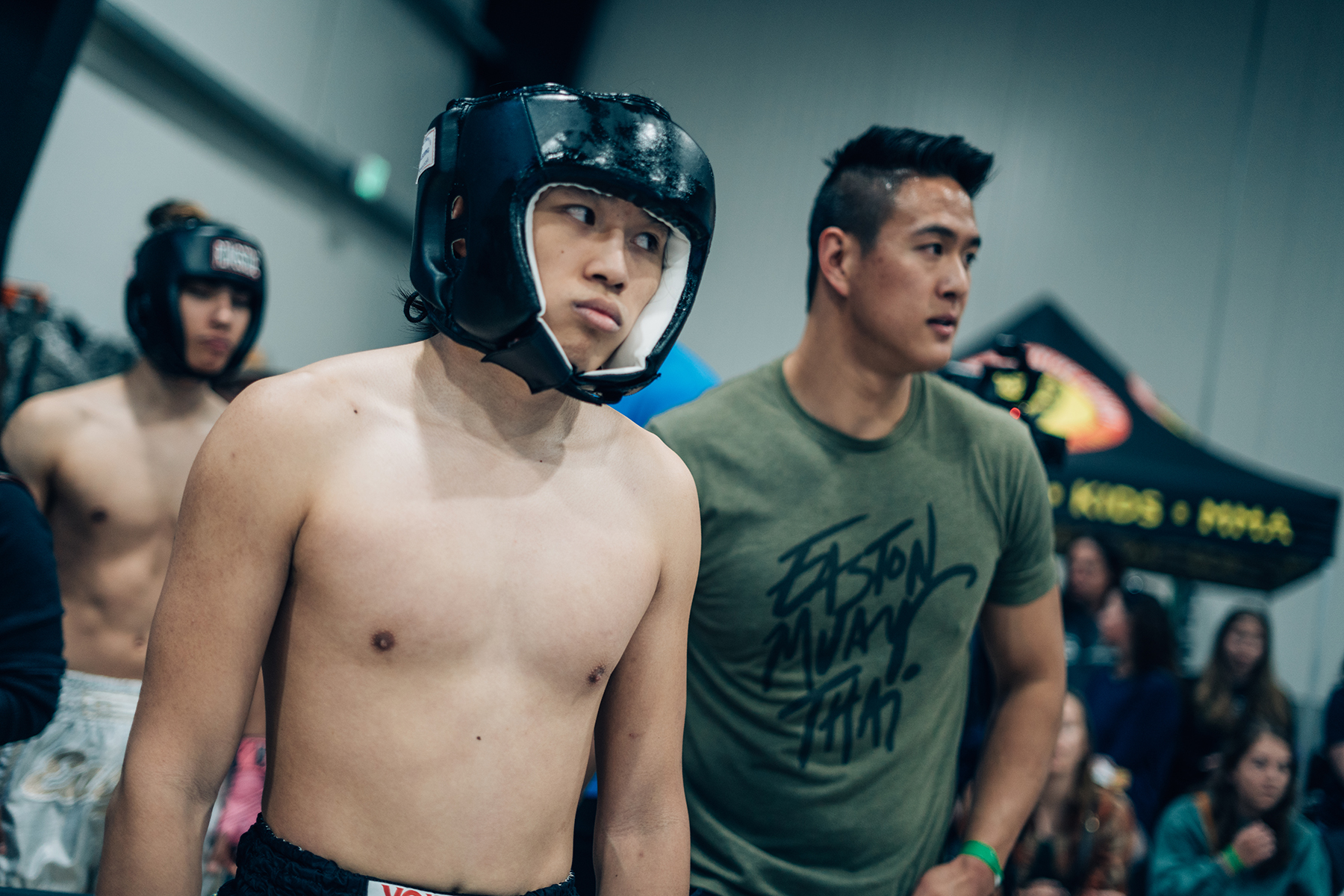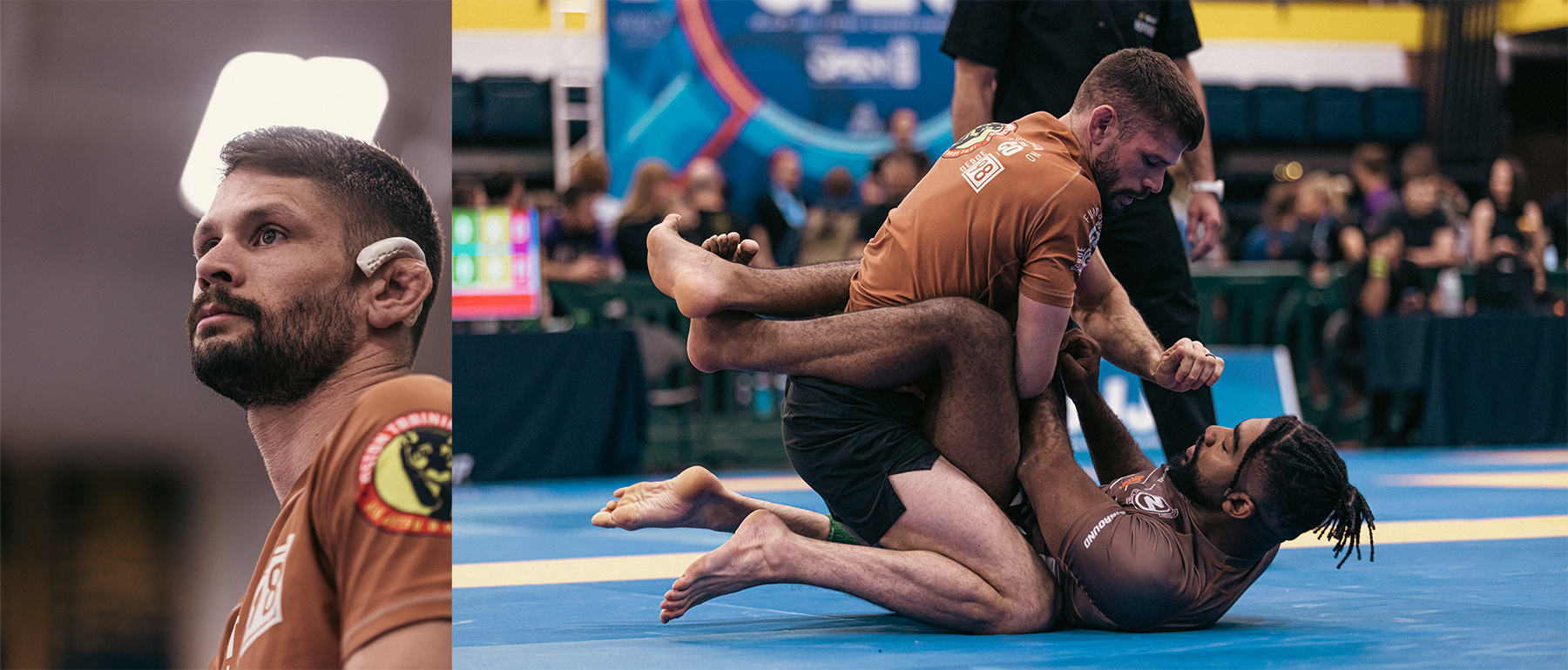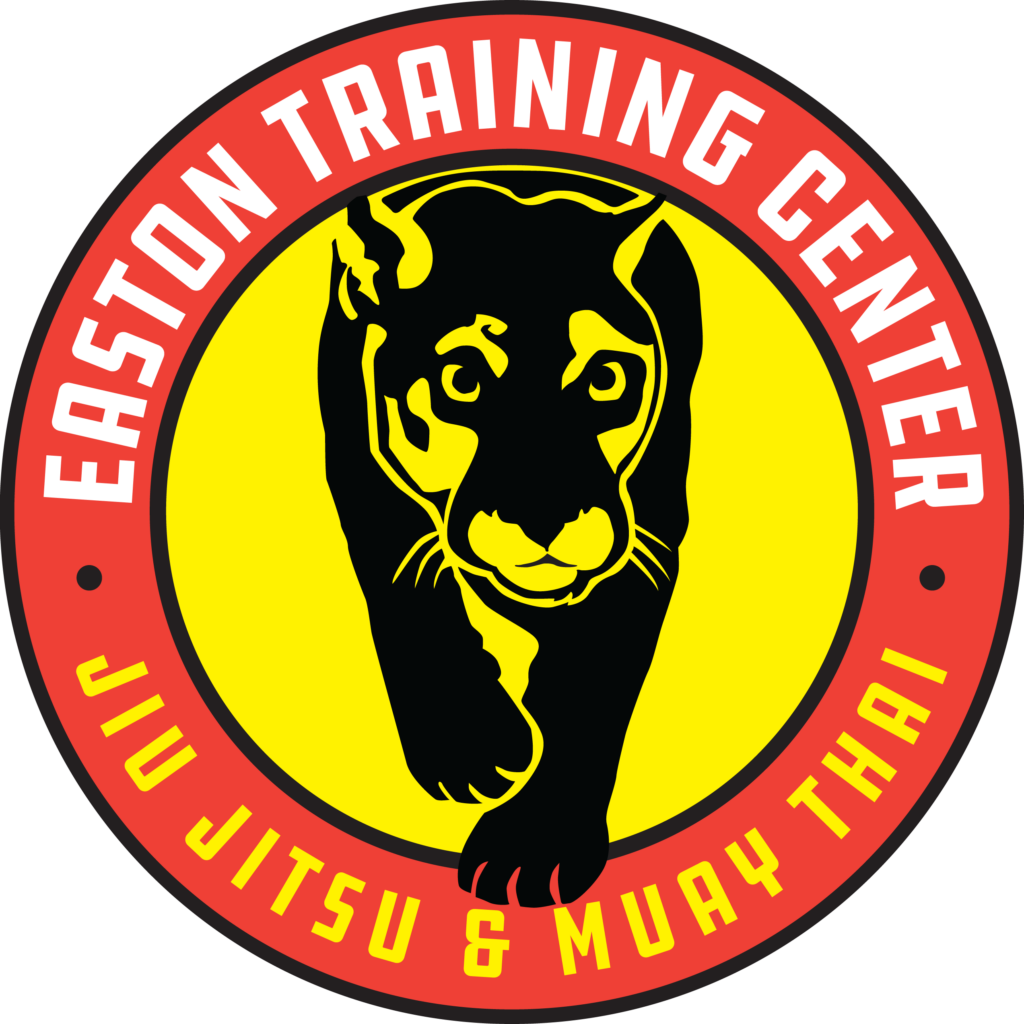Consider the term ‘self-discipline.’ To be a disciple, a student, of yourself. We are all students of our own Jiu Jitsu.
In martial arts, we don’t study an academic subject. We’re learning to incorporate techniques and concepts into our specific bodies with an endless variety of partners.
We aren’t regurgitating equations. We’re learning how to get our brains to use these techniques and concepts effectively. Becoming self-aware of how we learn, and having the self-discipline to stay present with it forms the foundation for improvement.
You’ll feel clumsy and confused
“This is the place to start learning it,” a coach once said to me. It happened while working on berimbolos and feeling where my shins could maintain a connection tight enough before inverting through. My eyes opened wide. My face went blank and I nodded, a look which sometimes means that I’m misunderstanding something.
I somehow understood my coach to be literally telling me to make sure I’m drilling my berimbolos in that spot – exactly 4.5 feet from the back wall and 12.3 feet from the window. (He wasn’t.)
Later in the same session: “Oh! You meant my hips! Not your hips!”
In the past I would feel self-conscious in these moments. At this point, I’ve realized I have yet to meet a person who hasn’t felt clumsy or confounded when learning Jiu Jitsu.
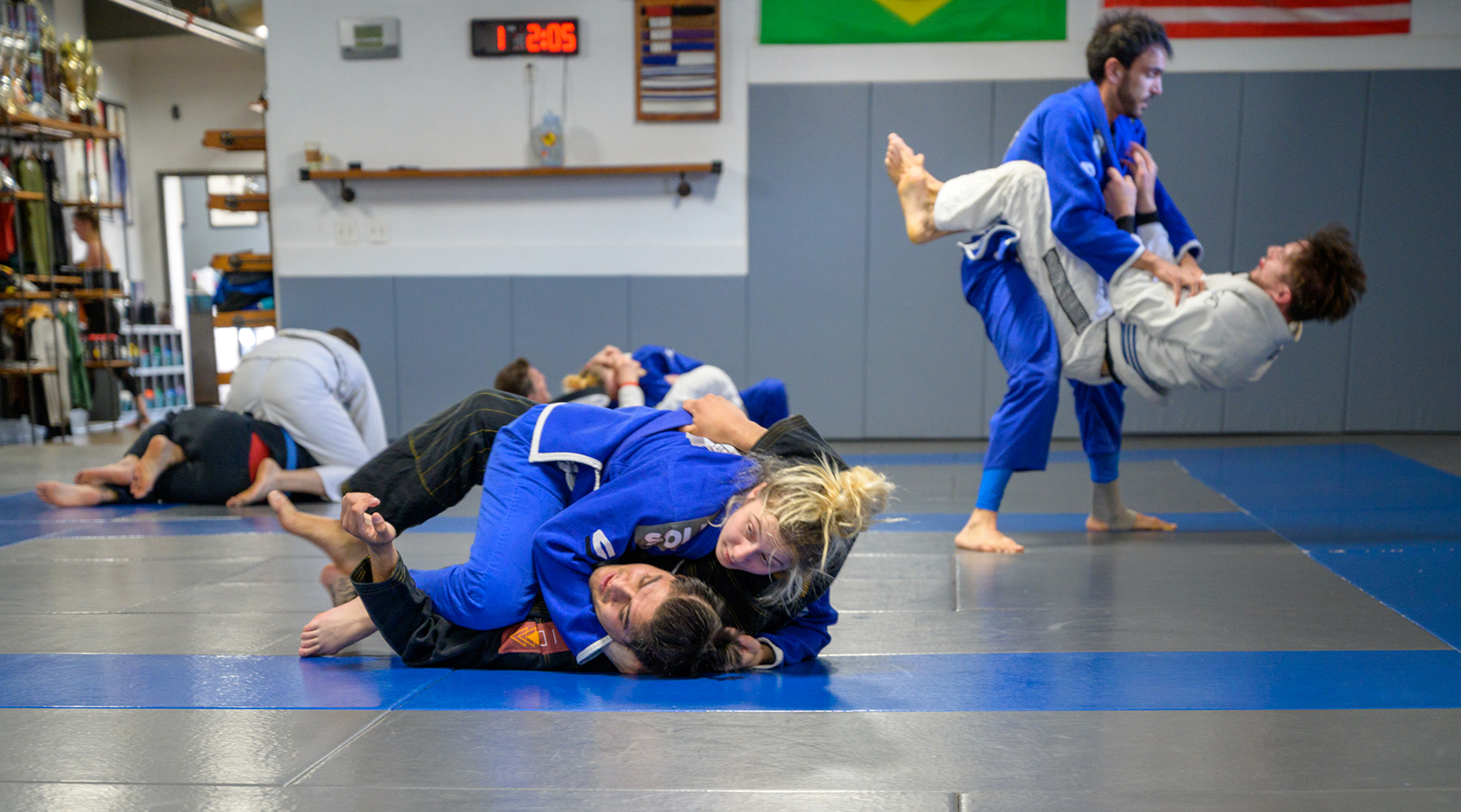
The student’s job
Clean repetitions of the technique-of-the-day are important. Sometimes we tinker with them to feel how they best fit our body type lay. That can look messy; it may look like confusion.
Another professor instructed, “Rotate their knee inward.” Immediately, a montage of four different positions where this same concept applied flashed across my mind — my eyes widened. My face went blank and I nodded. The look is identical to the one I make when I’m confused.
A coach can’t always see our confusion; can’t tell if we’re struggling or tinkering. That’s the student’s job. If we don’t get something, we can communicate and clarify.
From there, there’s no end to the debates and opinions about the best way to learn Jiu Jitsu —
The majority of your training should be live.
Dedicate your time to repeating a technique again and again until it’s ingrained.
From practicing primarily on newer students to only training with upper belts, “advice” spans across the board.
Memorize this specific sequence of moves.
Focus on concepts, not sequences.
Open your eyes. Close your eyes. No, wait, open them.
AH!
In truth, there is an art to how we balance our training between all of these. It’s individual; it shifts day to day. Week to week. Belt to belt. If we’re showing up, interested, and inspired to continue, it’s all good. The art of Jiu Jitsu is created by the collective. Submissions work one week. We improve our defenses to them the next. As we learn in response to each other, anyone that practices the martial art is a student.
In the beginner’s mind there are many possibilities, but in the expert’s there are few. – Shunryu Suzuki.
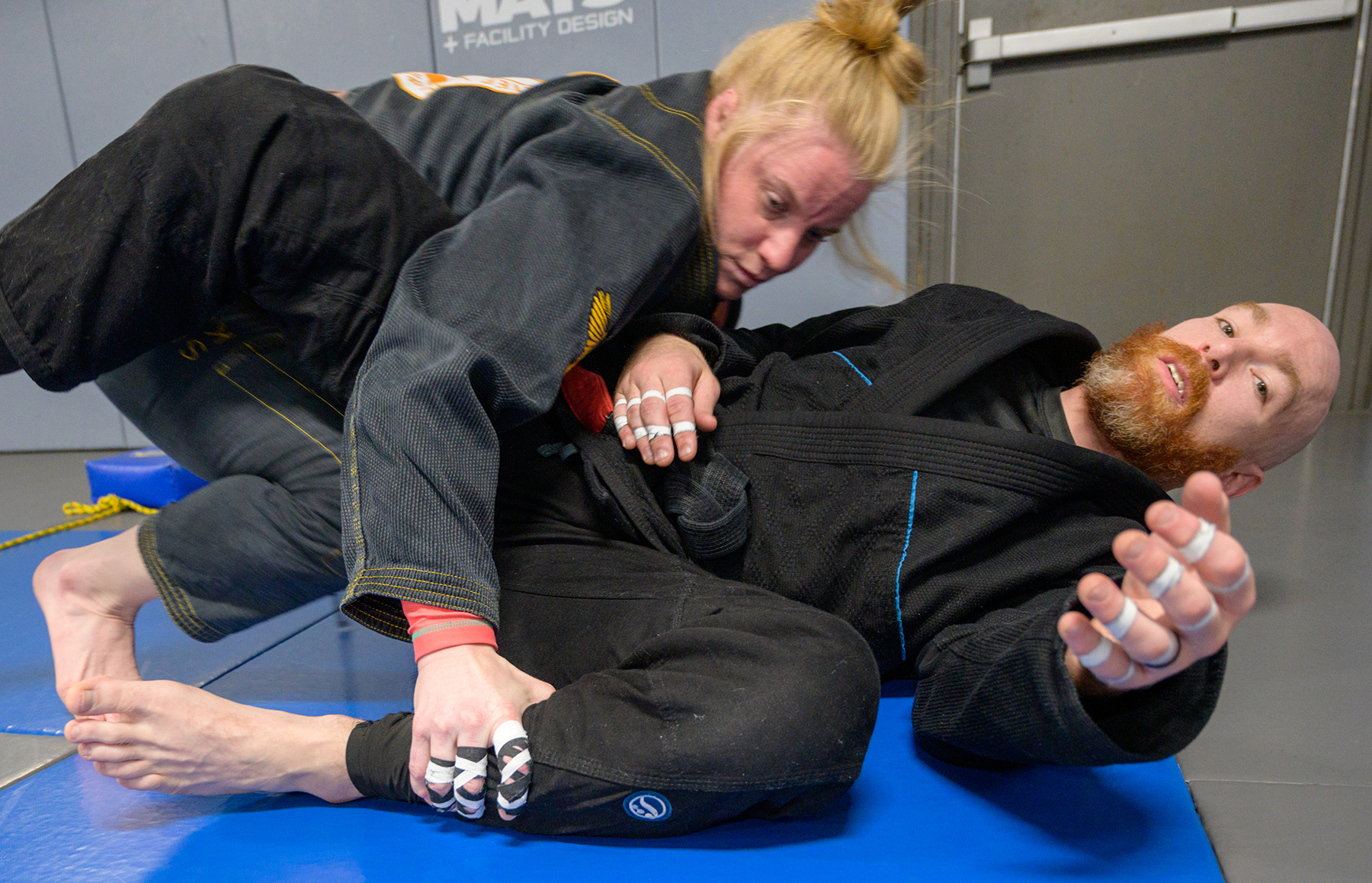
Take notes
When our practice starts feeling too complicated, we can lean into some handy tools to help us out.
After a class, taking notes or even just mentally reviewing the day’s techniques will help cement them. Noting where we find ourselves getting stuck engages us in problem-solving those issues rather than just mimicking and hoping for the best.
We’ll be ready when a coach or professor asks for questions, and we can schedule private or small group sessions to address the specific areas we have interest in developing.
When we train live, it’s useful to note our successes afterwards. Perhaps you had success finding and maintaining mount position. Great! Time to pick a couple submissions from mount or your route to the back to improve on.
It also helps to note where things aren’t going as planned. Maybe you’re working on triangle submissions but keep ending up in the bottom of side control. Time to focus on where you start losing control of the round and where they begin gaining it.
(Hint: it may be earlier than you realize, and if you’re training with an upper belt, it’s probably around the time you think you’re gaining an advantage.)
[Why You Must Train Live in BJJ]
Mind maps
When we’ve been training long enough to have decent command over many different positions, decision fatigue can get real.
Perhaps you’re comfortable with five different submission options from side control. When you get there, deciding which to work on in that moment ends up taking too long and you lose the position.
Mind maps are flow charts with decision paths that branch out of a position. They can start from anywhere and it helps us to start specific.
An internet search for “Jiu Jitsu mind maps” will turn up an example of decision trees others have developed. You can get inspiration from those, but the real magic happens when we sit down and draw out our own. Consider using a pencil.
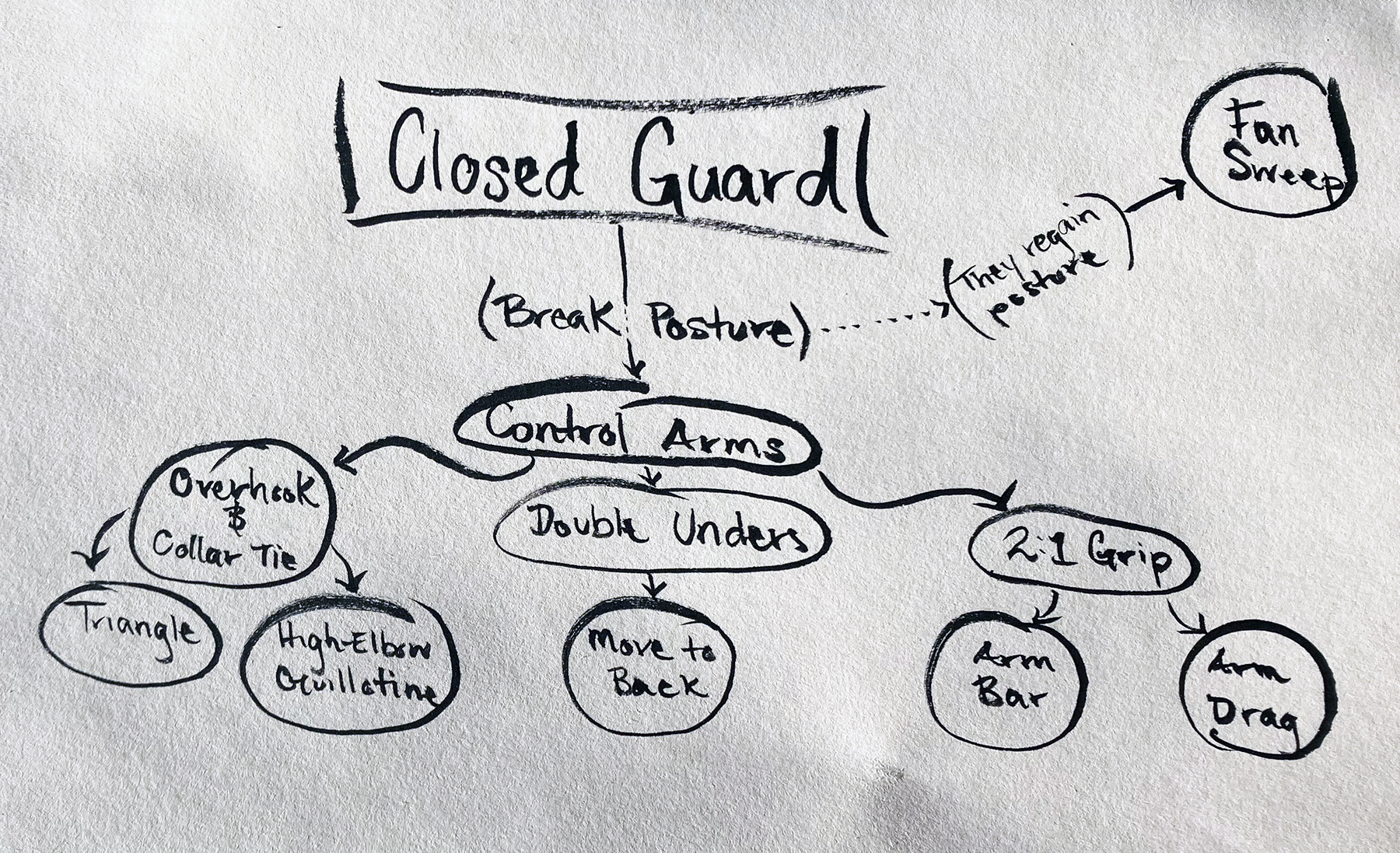
A mind map may start in closed guard. Out of the many options for next moves, pick a few that you’re most familiar with — get as broad or specific as you need to help wherever you’re stuck. Perhaps your next step always breaks their posture; note that, and then branch out to how you control their arms.
Maybe your options can include working from an overhook and collar-tie, double underhooks, or a 2-on-1 grip. Each of those options may have a next step or two.
Somehow this whole exercise results in you repeatedly executing a fan sweep successfully, and you didn’t even start from the posture break path! You’re totally off the map. All of that prep work led you here, but sometimes the most effective learning comes from unexpected twists.
If you want to create a mind map or a set of mind maps but feel overwhelmed, you can always book a private with a coach for this purpose too.
[Fundamentals of Brazilian Jiu Jitsu]
Back to the basics
After considering all the ways to train, all the directions and paths our Jiu Jitsu may take, all the quirks, confusion, and clumsiness that come with training, our brains can feel fried.
Thank goodness for fundamentals: the space we can always visit for undeniably effective technique. The foundation of our practice.
Roger Gracie is a fifth degree black belt famous for such an elite ownership of fundamental Jiu Jitsu moves, top-level competitors could see them coming and still not prevent the submission. Focusing on fundamental moves and concepts will not limit your Jiu Jitsu, and without them, you won’t get far.
For many, it’s the branches off the mind maps that keep the martial art endlessly interesting and when we get off track or overwhelmed, the fundamentals bring us back.
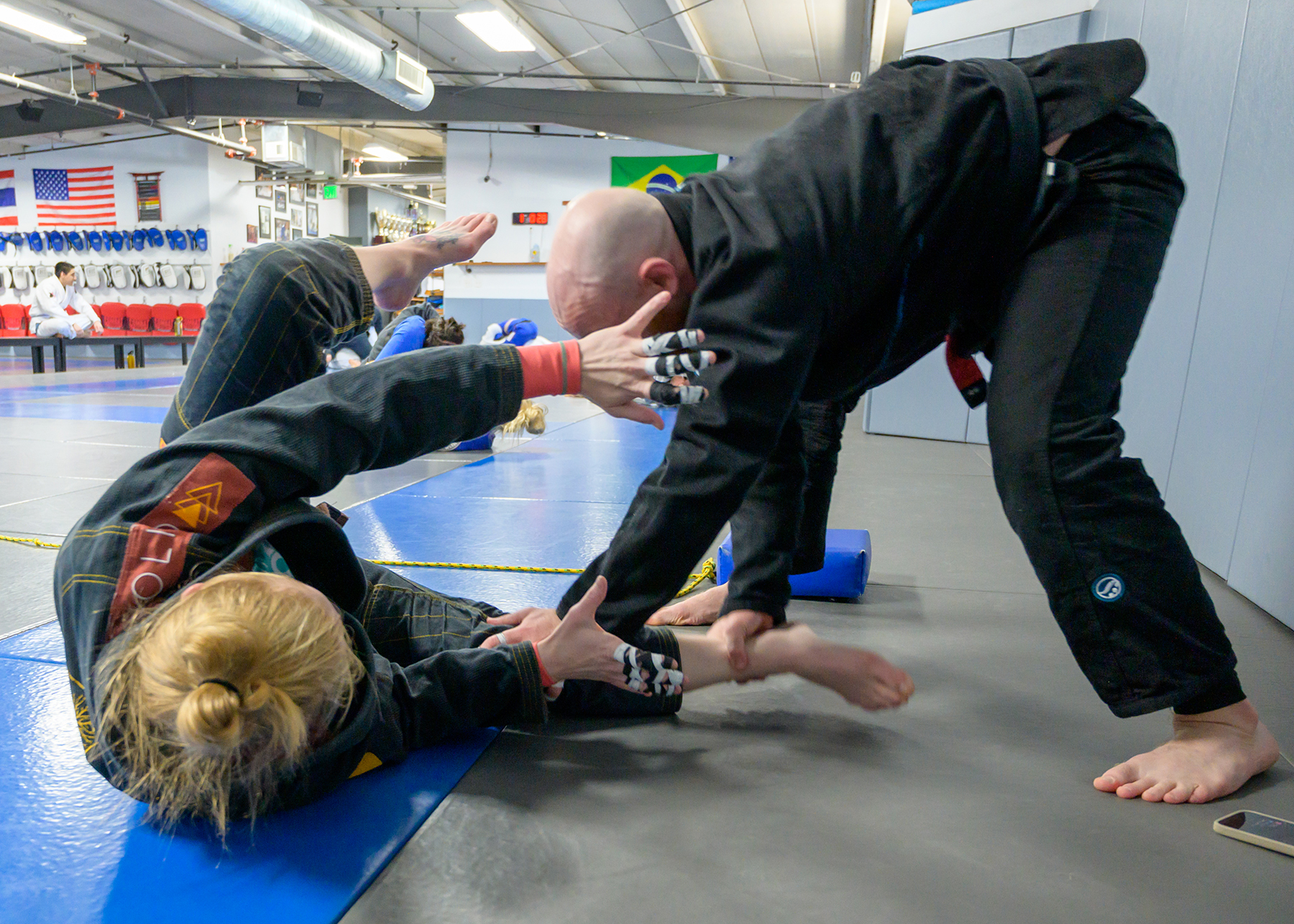
There’s no end to learning
When something interests us, our curiosity increases our ability to engage and learn. When we start out in Jiu Jitsu, or any martial art, we basically bring a blank slate to the table.
As we progress, we may focus our learning in a variety of directions as we develop our own style and game.
Some days, we may attend a class and the bulk of the content will simply have to sink in another day. That’s okay. If during that class, we picked up even a minor detail, or felt into a concept from a new position, we’ve made great use of our time.
Our Jiu Jitsu improves incrementally.


